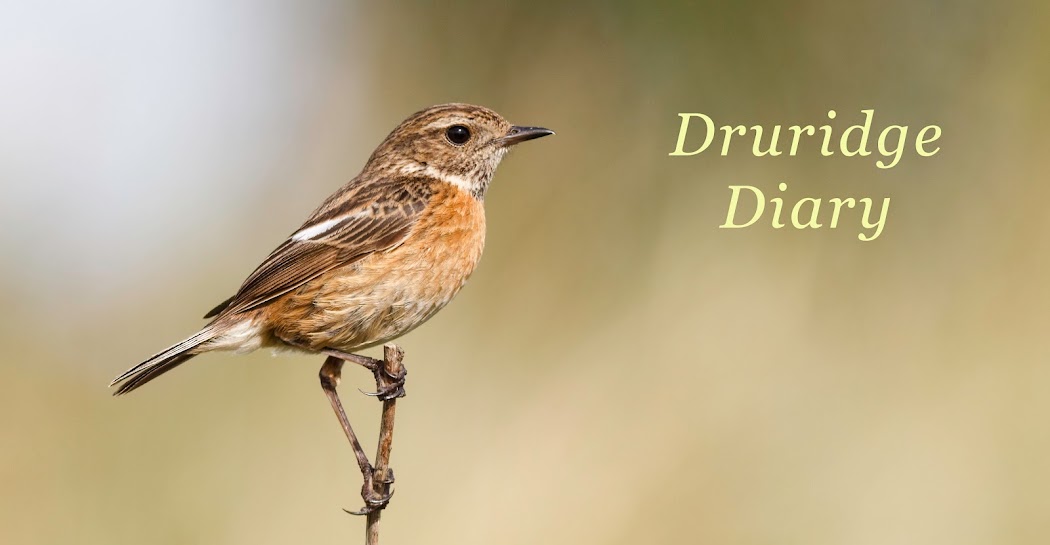 |
| Recently coppiced/pollarded alders |
The reason we do this semi-pollard/coppice thing is two-fold. Firstly, it stops the rabbits eating the regrowth, secondly, it provides safe nesting 'cups' for birds amongst the new stems, clear of the ground.
It looks brutal at first, all of the trees hacked down, but this is essential work. My territory mapping exercise last breeding season proved this. The number of species and number of territories was higher in the recently coppiced areas. The strip of trees and bushes at Druridge is primarily alder and hawthorn, with ash, willow and some whitebeam with other oddities.
If left, the alders would get quite high, the only birds that would nest would be magpies and crows, the height would further limit the area of the Budge fields for breeding waders. I'm off tomorrow, so were going down to Druridge to a bit more coppicing, it grows so quickly once it is cut, we can't get round it all quick enough!
Alder is quite pale colour straight after it is cut, but it soon turns this lovely orange colour.
 |
| Bright orange brightens a grey day at Druridge |
 |
| drake eider looking rather dapper |


1 comment:
Yes, I like that Pollicing Copparding thing, its good.
Post a Comment